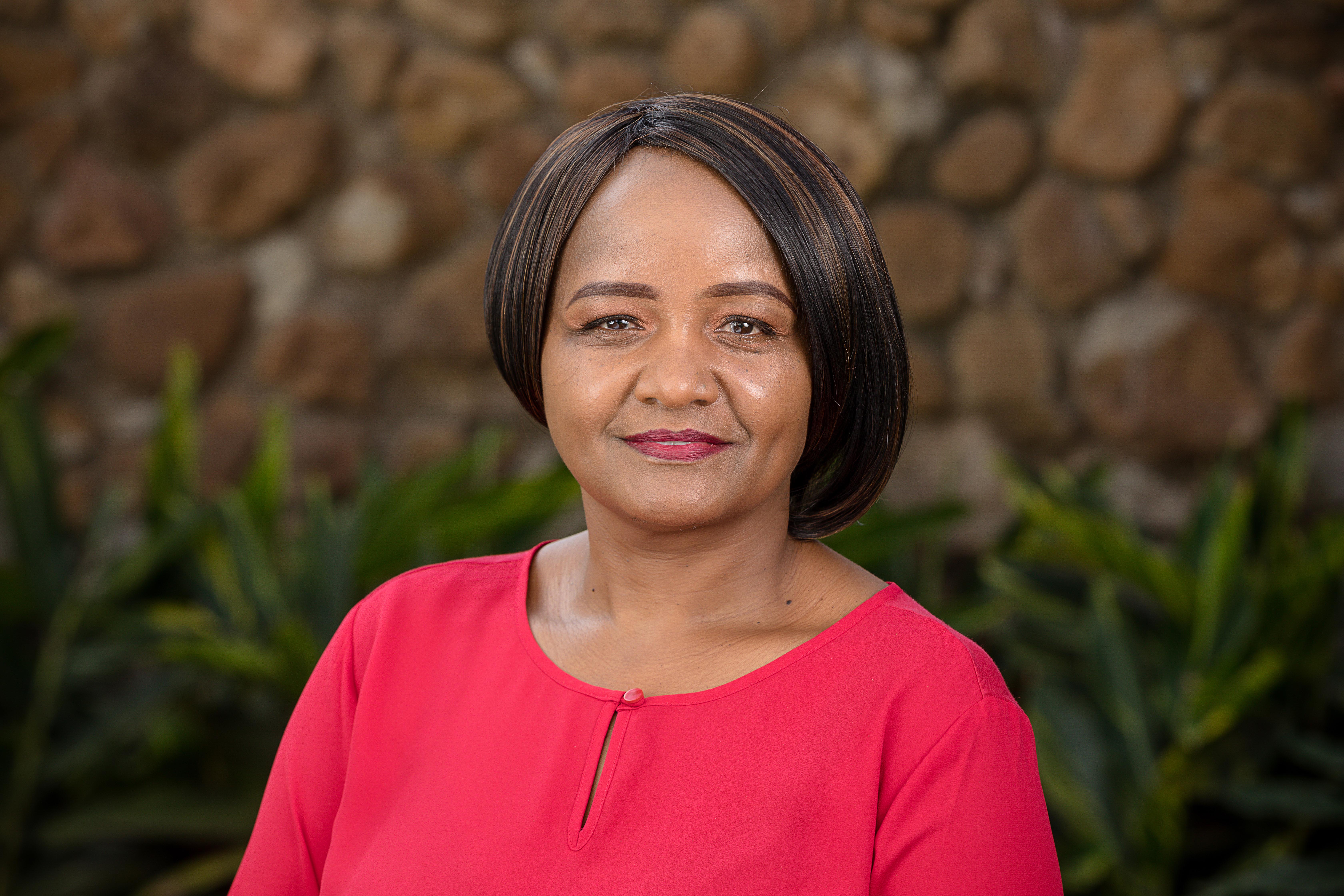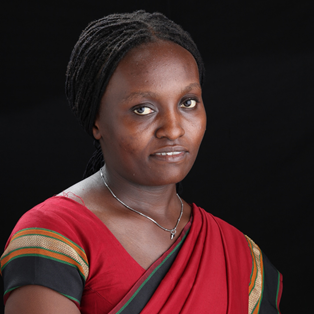By Jane Achando

For the first time in the history of Kenya, the man at the top of the helm is not just an avid scientist but a renowned supporter of biotechnology. The swearing-in of the new President signified a new dawn for the Biotechnology Stakeholders within one month of his coming into office.
Thus on 3rd October 2022 Kenya’s President William Ruto during a Cabinet meeting removed the decade-long ban on the importation or open cultivation of Genetically Modified crops. This development generated renewed hope for the commercialization of the improved varieties which were set to impact the lives of smallholder farmers positively and significantly by addressing their productivity challenges.
The news which was a decade a bit too late was still received with jubilations by the stakeholders and plans were quickly put in place to import seed into Kenya. No sooner had the stakeholders finalized their importation plans, were they hit with the news that a case had been filed in court challenging the Government’s decision to lift the ban. The court case which mainly revolved around the issue of public participation or lack of it thereof, also intimated on the safety of the technology.
While stakeholders were still organizing their legal strategy, they were informed that, yet another case had been filed in court based on similar grounds. Considering that a matter had been filed in 2015, there are now 5 cases filed in court by different Parties all surrounding lifting of the ban. One of the cases which was filed by a group of Ugandan Farmers was lodged at the East Africa Court of Justice, the highest Court in the East African Region.
While we are prevented from discussing the details of the myriad of cases, one major impediment brought about by these matters is the placing of an injunction. This essentially translates to Kenya going back to where it was a decade ago. With the said injunction still in places, we are still not able to commercialize these technologies (both import and placing on the market have been curtailed).
As it stands, Kenya took one major step but with a single stroke of the pen, the industry has gone back to where it was a decade ago.
What does the future look like? Should we expect any more legal barriers on the commercialization pathway? History does not lie and it has shown that a number of counties have gone through a similar experience before technology is adopted. A good case in point is Nigeria that was embattled by court cases prior to the adoption of Bt. Cowpea.
As stakeholders, we need to remind ourselves of the arduous journey this has been and solider on till we finally have the products in the hands of the farmers. As we wait for this to happen, we must always strive to be fully compliant. Compliant with the Laws of the countries, compliant with the permit conditions and even compliant with our own project agreements. The journey shall be long but with science on our side, it is ours to lose.
According to a 2019 publication by ISAAA, 26 countries have already adopted GM crops. We are sure that soon enough, Kenya shall rise to be counted as one of those that has adopted GM maize.
The writer is the legal officer at AATF.


















































































